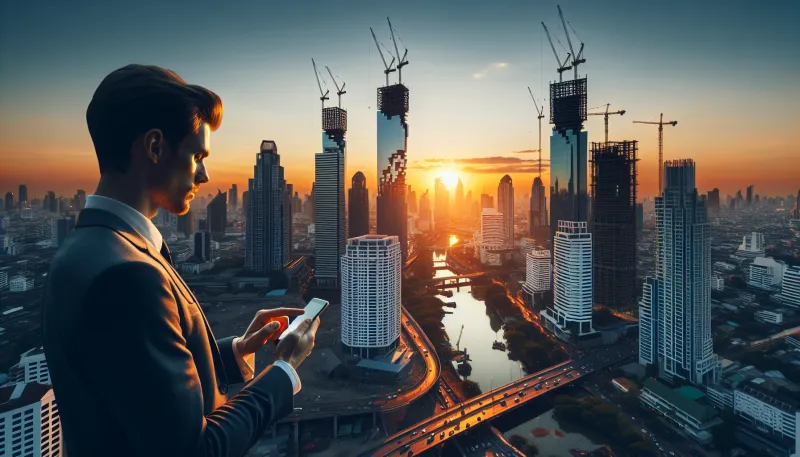
Hong Kong: The Battle for Space in the Vertical City
Hong Kong, known for its dramatic skyline and dense urban fabric, exemplifies the relentless struggle for space in one of the world's most vertical cities. As populations grow and land remains scarce, the city's unique approach to development highlights both innovation and challenges in balancing livability with the demands of modern urban life.
- A city built upwards
- The scarcity of developable land
- High-density living and its social impact
- Vertical urban planning and infrastructure
- The role of mixed-use skyscrapers
- Environmental challenges in a vertical metropolis
- Public spaces carved into the vertical fabric
- The impact of government policies on development
- Technological innovations shaping future vertical living
A city built upwards
Hong Kong’s topographical constraints have necessitated upward expansion rather than horizontal sprawl. Surrounded by mountains and sea, the city has maximized vertical growth, resulting in some of the tallest residential and commercial towers globally. This verticality is both a response to limited land and a symbol of the city's economic vitality.
The scarcity of developable land
The limited availability of flat, developable land pushes developers and planners to creatively utilize every inch of space. Reclamation projects, hillside developments, and mega-tall skyscrapers represent strategies to extend the city's usable area. However, this scarcity also drives property prices to record highs, impacting affordability and social equity.
Vertical urban planning and infrastructure
Urban planners in Hong Kong face the unique challenge of integrating transport, utilities, and public spaces vertically rather than horizontally. Elevated walkways, multi-level transport hubs, and sky gardens demonstrate innovative solutions to connect different layers of the city, effectively creating a multi-tiered urban ecosystem that supports dense populations.
The role of mixed-use skyscrapers
Mixed-use skyscrapers play a crucial role in optimizing space by combining residential, office, retail, and recreational facilities within the same building or complex. This design approach reduces commute times and fosters vibrant communities, ensuring that vertical living remains practical and engaging for inhabitants.
Environmental challenges in a vertical metropolis
With dense high-rise developments, Hong Kong confronts environmental challenges such as reduced natural light, poor air circulation, and urban heat island effects. Green building practices and the integration of sustainability features are increasingly prioritized to mitigate these issues and enhance residents’ quality of life.
Public spaces carved into the vertical fabric
Despite its density, Hong Kong creatively incorporates public spaces within its vertical landscape. Roof gardens, sky plazas, and pocket parks offer residents respite from urban intensity. These spaces are essential for social interaction, recreation, and promoting mental well-being in the cramped city environment.
The impact of government policies on development
Government policies significantly influence Hong Kong's urban form. Land leasing frameworks, height restrictions, and development incentives direct how space is used. Recently, efforts to balance development with heritage preservation and affordable housing reflect ongoing negotiations to maintain Hong Kong's unique character amid rapid growth.
Technological innovations shaping future vertical living
Emerging technologies such as smart building systems, modular construction, and vertical farming are shaping the future of living in Hong Kong. These innovations promise to enhance efficiency, sustainability, and livability, addressing some of the challenges of extreme vertical urbanization.
Tommy is a property-passionate journalist who covers the forces shaping housing and the built environment. With a data-driven approach and a reporter’s curiosity, he writes on market cycles, urban development, PropTech, and policy—always connecting numbers to everyday lives. [Name]’s work blends clear analysis with on-the-ground reporting to help readers navigate trends, opportunities, and risks across residential and commercial real estate.



